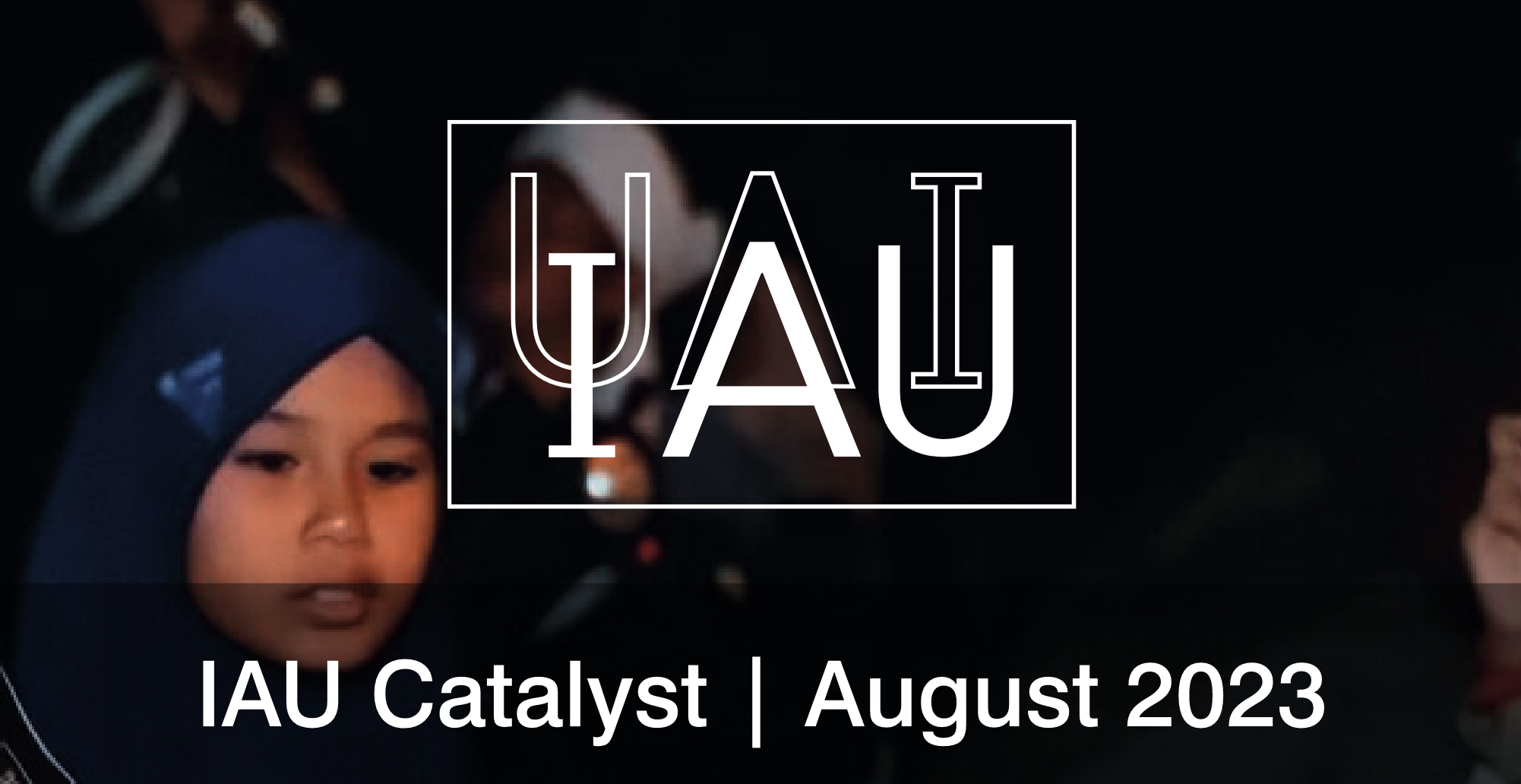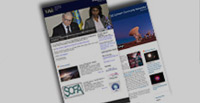- News
- Science
- Scientific Bodies
- Divisions
- Commissions
- Commission A1 Structure
- Commission A2 Structure
- Commission A3 Structure
- Commission A4 Structure
- Commission B1 Structure
- Commission B2 Structure
- Commission B3 Structure
- Commission B4 Structure
- Commission B5 Structure
- Commission B6 Structure
- Commission B7 Structure
- Commission C1 Structure
- Commission C2 Structure
- Commission C3 Structure
- Commission C4 Structure
- Commission C5 Structure
- Commission D1 Structure
- Commission E1 Structure
- Commission E2 Structure
- Commission E3 Structure
- Commission E4 Structure
- Commission F1 Structure
- Commission F2 Structure
- Commission F3 Structure
- Commission F4 Structure
- Commission G1 Structure
- Commission G2 Structure
- Commission G3 Structure
- Commission G4 Structure
- Commission G5 Structure
- Commission H1 Structure
- Commission H2 Structure
- Commission H3 Structure
- Commission H4 Structure
- Commission J1 Structure
- Commission J2 Structure
- Commission J3 Structure
- Commission X1 Structure
- Commission X2 Structure
- Past Commission Organising Committees
- Working Groups
- Centres
- Scientific Meetings
- Rules & Guidelines
- General Assemblies
- Meeting Proposals
- Future IAU Meetings
- General Assemblies
- EC Meetings
- Officers' Meetings
- Regional Meetings
- Symposia
- Focus Meetings
- Institutional Meetings
- IAU Offices Meetings
- IAU-Sponsored Meetings
- Letters of Intent submitted for 2024
- Letters of Intent submitted for 2023
- Letters of Intent submitted for 2022
- Letters of Intent submitted for 2021
- Letters of Intent submitted for 2020
- Past IAU Meetings
- Templates
- Other Meetings
- Grants & Prizes
- Scientific Bodies
- Publications
- IAU Publications
- IAU Strategic Plan
- Symposia
- WGSBN Bulletins
- Regional Meetings
- Information Bulletins/Catalyst
- E-Newsletters
- Focus Meetings
- Transactions A
- Transactions B
- Related Publications
- GA Newspapers
- CAPjournal
- IAU Books
- Brochures
- IAU Offices
- WG Reports
- Commission Reports
- Division Reports
- Past IAU Publications
- Rules, Guidelines and Instructions for Proceedings
- Publishers
- IAU Publications
- Administration
- About the IAU
- Statutes & Rules
- IAU Policies
- IAU Executive Bodies
- IAU Secretariat
- Resolutions
- Members Administration
- Administrative Dates & Deadlines
- International Organisations Relations
- Donate to the IAU
- Training in Astronomy
- Astronomy for Education
- Astronomy for Development
- Astronomy for the Public
- Office for Astronomy Outreach
- FAQ
- Themes
- Satellite Constellations
- Astronomy in Everyday Life
- How to Report a Discovery
- Careers in Astronomy
- Defining our Place in the Cosmos
- The Constellations
- Light Pollution
- Measuring the Universe
- Near Earth Objects
- How to Participate in Astronomy Research
- Naming of Astronomical Objects
- Naming of Exoplanets
- Buying Star Names
- Naming Stars
- Pluto and the Solar System
- IAU Member Statistics
- Our Moon: the Moon
- Meteors & Meteorites: The IAU Definitions of Meteor Terms
- UNESCO-IAU Portal to the Heritage of Astronomy
- Social Media
- Past Events
- Call for Online Resources
- Astronomy@Home Awards
- Contact
Division B WG UV Astronomy
Description
In the rich context of upcoming powerful facilities at IR, Optical, ... wavelengths, we believe it is extremely important to maintain access to space-UV capabilities. Such facilities are fundamental for many aspects of astronomical research such as planetary and exoplanetary-astrobiological research, or intergalactic medium and galaxy formation studies, to mention but a few. The current scenario does not ensure the future existence of such capabilities; the end of the Hubble mission is going to leave a gap that needs rapid action to be filled in. The main rationale behind these difficulties is the cost of ultraviolet technologies that requires sharing expenses among many actors and hence, a strong international coordination.
UVA-WG has been created to tie together the international science with specific missions, which may or not involve multiple space agencies. There are disparate groups which together, within the framework of the UVA-WG, would be able to catalyse new missions and models to advance UV science, a field which has contributed greatly to many areas of astronomy.
UVA-WG has three major lines of activity:
- Basic science. Large investments are being done world-wide to address key problems like the origin of life, the formation and characteristics of exoplanets, the chemical enrichment of galaxies and intergalactic medium and the properties of the large scale gravitational field pervading the Universe.
This activity will address:
- The identification of the key science issues requiring access to the UV range in coordination with the existing facilities in other spectral ranges.
- To act as leading scientific body to supervise the trade-off process during the definition of the road-map
- Technical developments: There are several areas requiring technological developments more prominently research on coatings and detectors that permit efficient and accurate multiwavelength studies. Development of complex, light and robust optical elements is also required. The group will work on novel technologies such as diffraction-based imagers (such as the Fresnel Imager) or in the proposal for Lunar-based facilities. The tasks addressed by this group will be:
- to provide an updated information of the current status of the technology in the different areas of expertise and provide
- To act as leading technological body during the definition of the road-map
- Definition of the road map. This task is the core activity of the network. It will receive the inputs from basic science and technological developments, together with additional inputs from community groups, national Agencies and the rest of the Astronomy Facilities (through the Division B activities) to define a realistic work-map.
Links:
- WG Annual Report (2022) - UV Astronomy
- WG Annual Report (2021) - UV Astronomy
- WG Triennial Report (2018-2021) - UV Astronomy
- WG Annual Report (2019) - UV Astronomy
- WG Triennial Report (2015-2018) - UV Astronomy
Working Group Members (13)
Under
Division B Facilities, Technologies and Data Science

Ana I. Gomez de Castro
Univ Complutense de Madrid
UCM-Fac Ciencias Matematicas
S.D. Astronomía y Geodesia
Plaza de Ciencias 3
Ciudad Universitaria
28040 Madrid
Spain
Phone: +34 913944058
Organization website: http://www.ucm.es
NCA adherence: Spain
Last updated:
November 20, 2023
Search Scientific Bodies

















